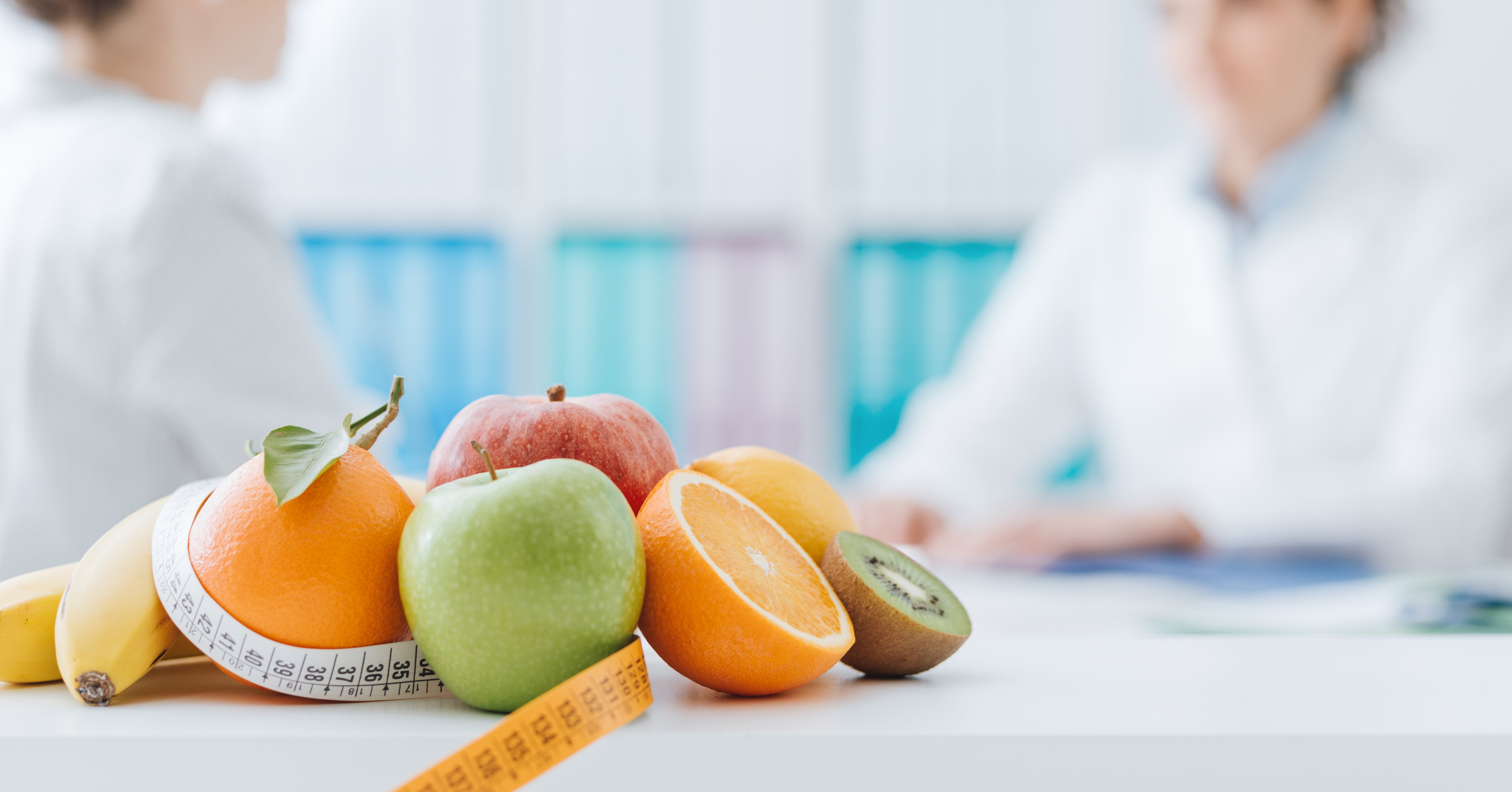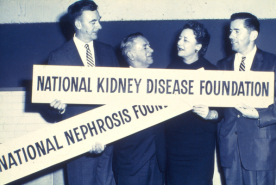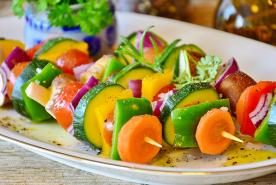August 12, 2014
Shedding pounds may be hard work, but it doesn’t need to be complicated. People tend to underestimate how much they actually eat, which can contribute to weight gain. For those with kidney disease, certain dietary restrictions limit low calorie food choices, adding another element to the struggle. It’s not all bad news though and the National Kidney Foundation is here to help you win your battle with the scale with five simple weight loss tips.
Before starting a new diet or exercise program, check with your healthcare provider.
1. Log It
Try keeping a journal or food log of every item you eat and drink each day. Include portion sizes so that you can identify where and when you’re overeating. Try using mobile apps to calculate how many calories you’re actually taking in each day. If you are following a diet for kidney disease, make sure to look at values for potassium, phosphorus and sodium, in addition to calories, carbohydrates, protein and fat. You can also look up nutrition values online for free by visiting the USDA food tables.
2. Create an Exercise Plan
It’s possible to stay active during the holidays despite social gatherings competing for space on your calendar. Pencil in your physical activity ahead of time and it will be easier to stick with it. Aim to get at least 30 minutes of exercise, five times a week. Of that, at least 10 minutes, two or three times a week, should include light weight training. To determine calories burned, use mobile apps, websites and charts to find an estimate based on your weight and type of workout.
Join the NKF Blog Newsletter
Get inspirational stories and kidney disease resources delivered to your inbox every month. You'll gain practical insights and expert advice to help you better understand and manage your kidney health no matter where you are on your kidney journey. Subscribe today.
3. Make Simple Swaps
Look at the high-calorie foods you enjoy and try switching to lower calorie alternatives. For example, instead of frying favorite foods try baking, broiling, or grilling. Switch out high calorie salad dressings for lower calorie versions. Watch out for the casseroles at holiday parties – limit yourself to smaller portions and enjoy them less often, since they can be high in calories, sodium and phosphorus.
4. Still Hungry?
When dieting, a common complaint is not feeling full. When you’re hungry, try eating certain types of foods that will fill you up without wrecking your diet. Focus on foods that are low in calories and high in chewing satisfaction. These will provide bulk in the stomach which will keep you from getting hungry again a short time after eating. Low salt crackers can provide the crunch you crave without the higher salt, higher fat content of chips. High fiber foods such as fresh fruits* and vegetables* (especially ones with seeds and skins), and low salt/low fat popcorn are some examples. Three cups of popped popcorn (air-popped or microwaved, without salt and fat) only contain about 100 calories and can really be filling. If you are on a limited fluid allowance, try saving some of your fluids to have with your snacks. This can also help create a feeling of fullness.
5. Slow Down
Beware of the bite-sized appetizers that are standard party fare. If you’re able to eat it quickly, chances are that food is not very high in chewing satisfaction. Instead, look for a fresh fruit and vegetable platter. Fresh fruits and vegetables usually require more chewing. This can slow down your rate of eating and may help you to eat less overall. Also, try to savor each bite.
*If you are following a low potassium and/or low phosphorus restriction, try these fruit and vegetable suggestions:
Low potassium vegetables (1 cup serving size): iceberg lettuce, raw cabbage, cucumbers, cauliflower, onions, bell peppers, radishes, celery, carrots, and Chinese pea pods.
Low potassium fruits: apples, mandarin oranges, grapes, pineapple (in own juice if not fresh), pears, blueberries, strawberries (limit 1 cup a day), blackberries, raspberries and fresh plums (limit 2 plums a day).
To keep motivated, share your weight loss progress with friends and family. Stick with healthy changes even if you don’t initially see results on the scale. These are general weight loss tips. For more individualized diet and exercise plans, follow up with your physician and dietitian who can advise you based on your specific health needs.
Special thanks to Linda Ulerich, RD for her contributions to this article.









